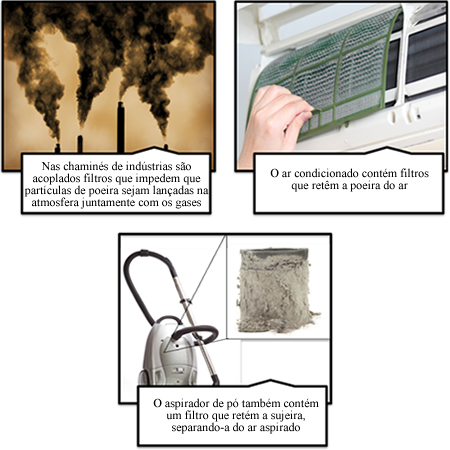Vaporization is the change from a liquid to a gaseous state and is the inverse process of liquefaction.
A substance can undergo the vaporization process in three ways: evaporation, boiling and heating.
In the liquid state, the particles that make up the substance are closer together than in the gaseous state.
In this way, the bond strength between atoms and molecules is greater in liquid than in gas.
Thus, the substance will pass to the gaseous state when there is a change in the bond strength between its particles.
Evaporation
THE evaporation it is a vaporization process in which the change of state occurs gradually.
Particles inside a liquid have variable velocities. Thus, there are particles with higher kinetic energy values than others.
These particles escape when they have a sufficiently large velocity across the free surface of the liquid.
In this way, they no longer suffer the action of the internal forces connecting the liquid and pass to the gaseous state.
There are some factors that influence the speed at which evaporation takes place. We can mention: temperature, nature and area of the liquid's free surface, pressure and vapor concentration close to the liquid's free surface.

Boiling
When a body receives heat the degree of agitation between the particles that compose it increases and consequently its temperature also increases.
Upon reaching a certain temperature value, called boiling point, the substance will start to change phase.
For example, water, under a pressure of 1 atmosphere, begins to boil when it reaches a temperature of 100°C. Iron, on the other hand, will only boil when its temperature is equal to 2 800 ºC.
THE boiling it is a vaporization process faster than evaporation and the temperature during boiling remains constant.
In addition, for a liquid to be completely transformed into a gas, it must receive a certain amount of heat.
O latent heat boiling point is the amount of heat per unit of mass that a body must receive to pass into the gaseous phase. This value depends on the substance that constitutes it.

Heating
Heating is a type of vaporization that occurs when a liquid is thrown onto a surface that has a temperature higher than its boiling point.
In this situation, the liquid will quickly change to a gaseous state.
An example of heating is when we pour a few drops of water onto a hot plate.
Phase Changes
In addition to vaporization, there are other processes of state change. Are they:
- Fusion
- Liquefaction
- Solidification
- Sublimation

Know more about:
- Physical State Changes
- Physical States of Matter
- Physical States of Water
- Phases diagram


